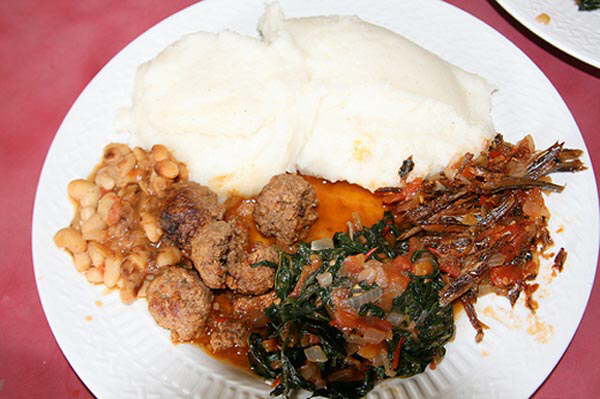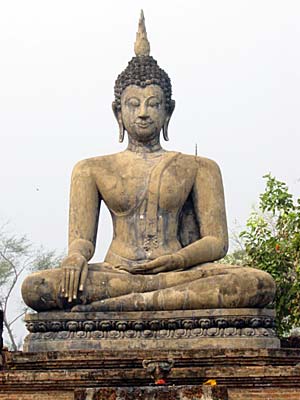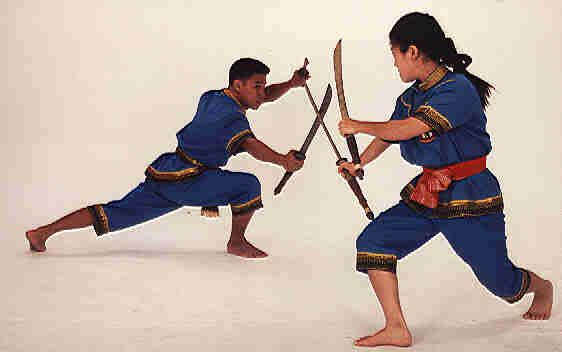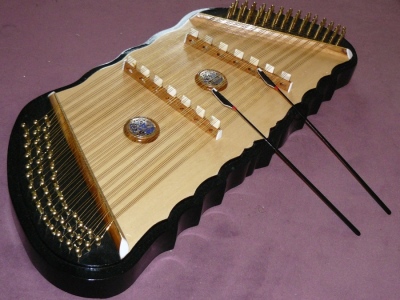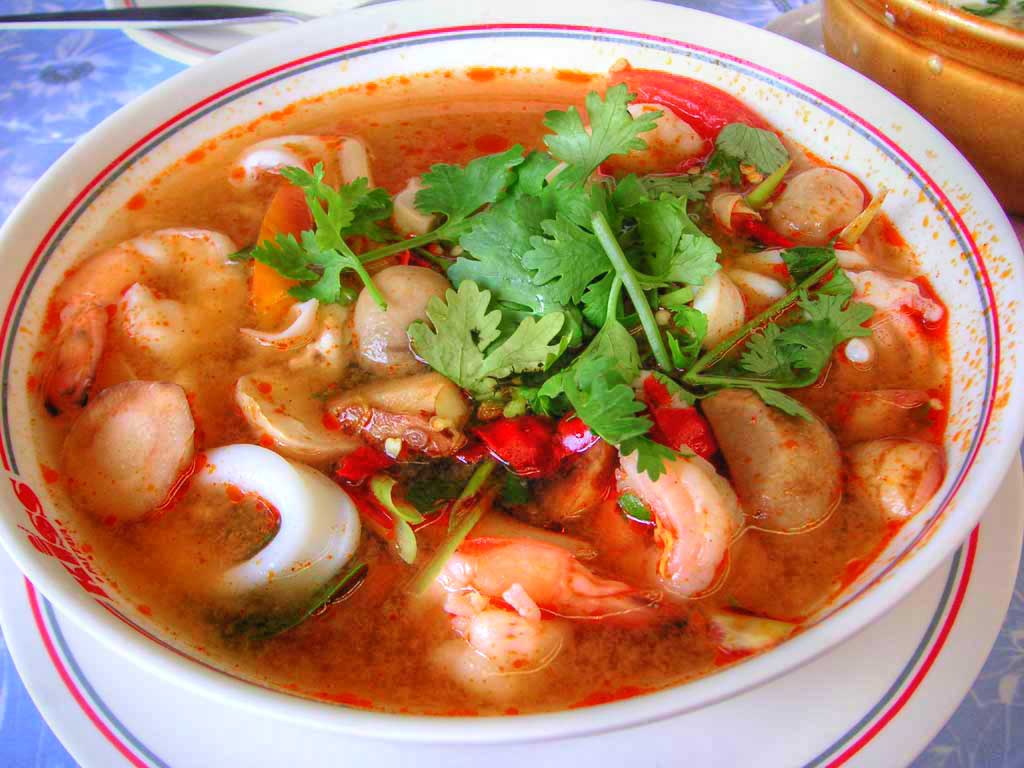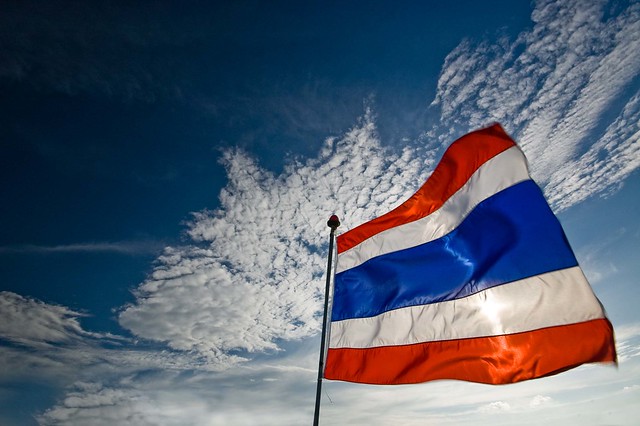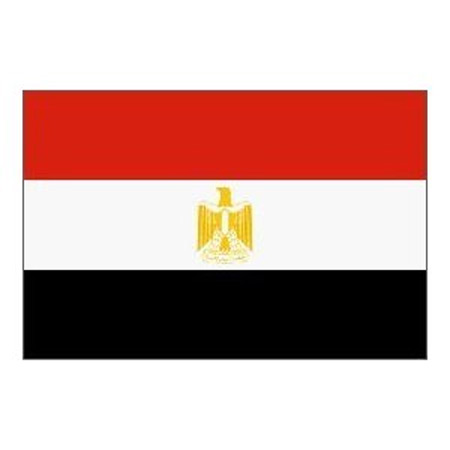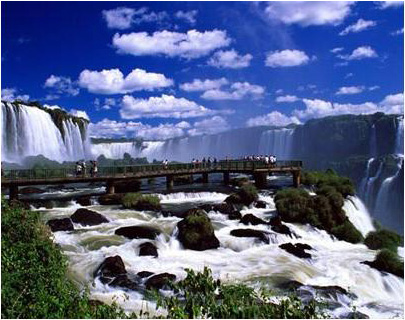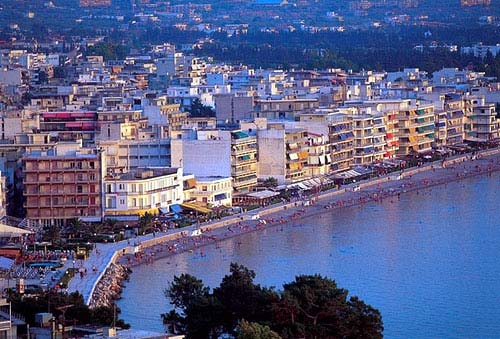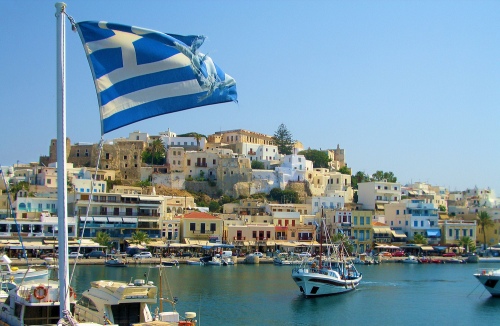It is said that Zambians are for the most part, very friendly people. There is no predominant ethnic culture, however, Zambians are quickly becoming westernized. There is an attempt to maintain culture with the revival of traditional ceremonies and practices throughout the country.
Clothes:
Zambia has mild winters while Summer days can get quite hot. Lightweight clothing may be worn all year round, however women for the most part, may remain dressed conservatively.

 Gender Roles:
Gender Roles:
Both men and women in Zambia work hard for survival. Traditionally, women had the role of housekeeping and raising children, however, as times change women work in offices, in retail and even hold military positions. Men can work practically anywhere, and usually hold most of the power.
 Education:
After primary school, some Zambians proceed to secondary school however since fees are very high some children are unable to attend. After secondary school, students have limited options for furthering their education. There are many trade colleges specializing in technical programs, such as machinery, plumbing, construction, and sewing. There also are teaching colleges that supply professionals for the Zambian school system. There are two universities: the University of Zambia in Lusaka, which specializes in liberal arts degrees, including law and business, and the Copperbelt University, in Kitwe, which offers degrees in technical subjects, such as mining, engineering, and architecture.
Education:
After primary school, some Zambians proceed to secondary school however since fees are very high some children are unable to attend. After secondary school, students have limited options for furthering their education. There are many trade colleges specializing in technical programs, such as machinery, plumbing, construction, and sewing. There also are teaching colleges that supply professionals for the Zambian school system. There are two universities: the University of Zambia in Lusaka, which specializes in liberal arts degrees, including law and business, and the Copperbelt University, in Kitwe, which offers degrees in technical subjects, such as mining, engineering, and architecture.


